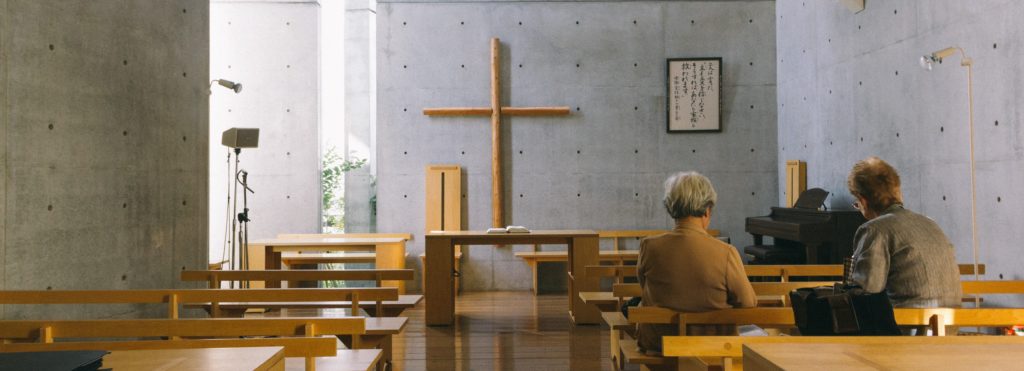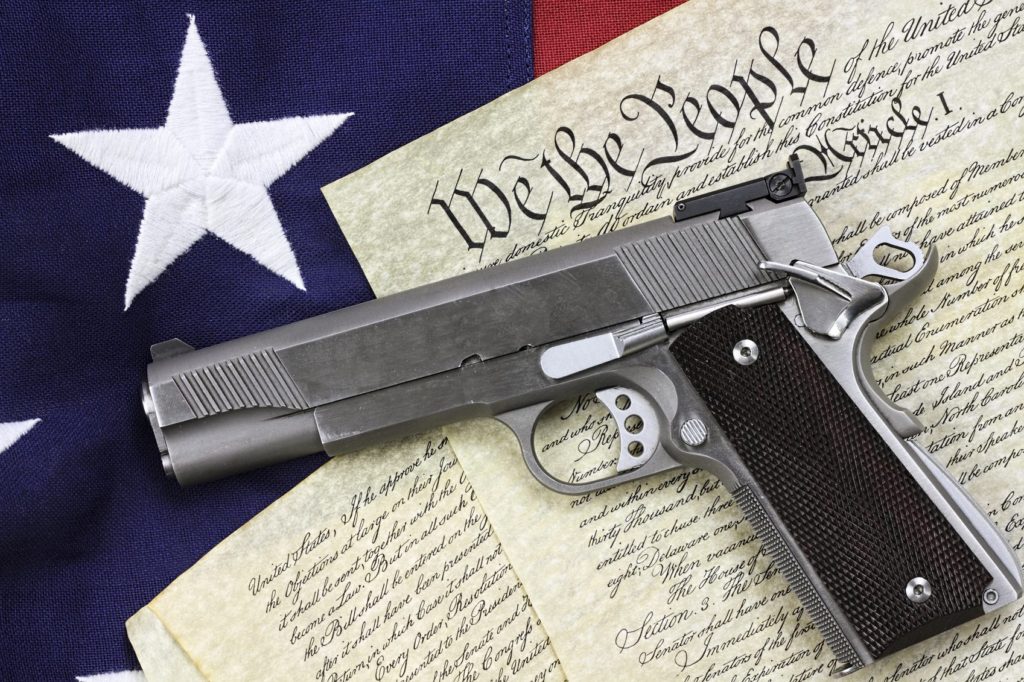In late 2018, the Center and some of its associates started a conversation about the future of the local congregation. We are now starting to post on this blog notes about the progression of that conversation.

State of the conversation We Should Talk about the future of the church
August 22, 2019
As we near the beginning of our next round of conversations, and as we move to conduct them online with Zoom, I want to share with you all some of what we have been learning, specifically
- What we seem to have broad agreement on
- What we understand the problem to be
- How we are framing solutions to the problem, and
- What barriers we are facing in implementing solutions.
We agree that
- The local congregation as a central institution in American life is in decline. While some congregations are growing, the larger trend is that fewer and fewer people are choosing active membership in local religious associations. This is across the board, but it is most pronounced in the most politically progressive churches.
- There are multiple reasons for this decline but they include the availability of other opportunities for social engagement and meaningful activity, and that those who are not in churches don’t see the church as relevant to their lives.
- Despite this decline, we are not afraid for the future of the church broadly. We are confident that there will be church in some form. We are just not confident that it will be the form our congregations currently take, and we are not certain that our particular local congregation will thrive or even survive.
- We are alarmed by aspects of American culture that do not bode well for stable community and individual well-being. These include an awareness that
- we are at the same time more connected to each other and less able to construct healthy intimacy;
- we are deeply polarized politically and are regressing into support for autocracy; and
- we are indifferent to and sometimes antagonistic to the truth, especially as disclosed through science and in ways that harm social stability and even the health of the planet itself.
- We have a deep conviction that these social ills can be powerfully addressed by locally-grown faith-based communities.
The problem of the church being seen as irrelevant to the issues of the day started four centuries ago when religion and science parted ways. The rift first appeared in regard to the introduction of a cosmology that centers on the Sun and not on Earth. Every new paradigm shift in the world of science has driven us further and further apart. Evolution, relativity, quantum mechanics, all invite new ways of envisioning the divine that the church has simply ignored outside of sermons and some newer hymns. We cling to theologies that are inconsistent with modern science. Further, the ways we structure our common life, from the ways we communicate to how we make decisions, have simply failed to keep pace with our fast-changing social reality. The local congregation as it is currently constructed is facing extinction.
So, if we are confident that the church has a future but the current model of a local congregation is of the past, what will the new church look like? There are a good many people working on this problem. They are modernizing the music with up-beat songs and praise bands. They are communicating by Facebook and Twitter. But what they are not doing, or at least not to any scale that we might say is a movement, is entering into dialogue with modern science.
The camel of science has poked its nose in the tent in some important ways. Edwin Friedman in Generation to Generation brought the systems thinking of Murray Bowen to bear on the dynamics of local congregations with such power and clarity that it is still the bedrock of conflict resolution training by the Lombard Mennonite Peace Center. And James Fowler’s Stages of Faith introduced principles of developmental psychology to the way Christian Educators relate to curriculum development. But the science of complexity and in particular that of complex adaptive systems we find to be simultaneously the most relevant to local congregational life and most absent from it.
Applications of systems thinking and the science of complexity have for decades been at the heart of work in major universities to understand how organizations function and how we might best address dysfunctions. One of the trends through the 90’s was to help organizations (and what they mostly meant here was for-profit corporations) become more resilient. An article in the Harvard Business Review summarized the findings by saying that resilient organizations are ones that are clear about their purpose, fully share information, and seek innovation. These are not qualities that our local congregations are known for.
We have heard some concern from those in the conversation that our perspective doesn’t seem to be Biblical. I will simply say here that our belief is that it is central to the purpose of the local congregation to be a setting which supports us personally and collectively growing into the fullness of Christ. And that, when we put on the mind of Christ, we come to see the reality of the world in just the ways that are revealed by the science of complex adaptive systems. It is in just this place that science and religion rejoin forces.
We on the leadership team are eager to be sharing resources that local congregations can implement immediately to build greater vitality by being more resilient through applications of the science of complex adaptive systems. These include:
- Applying the practices of non-violence pioneered by Jesus and Gandhi to the daily interactions we have with each other in couples, at work, and at Council meetings.
- Understanding the nature of transformation and the steps we need to take to assure that the process is both minimally painful and results in the greatest positive change.
- Seeing the purposes of the church as interconnected stages of development in which we engage in preservation, conformation, transformation, and celebration.
- Structuring our common life in a holistic manner using dynamic forms of governance that mimic the ways that God creates.
All of these tools are proven to work in other settings than the local congregation. But many people who know and love the church have strongly asserted that the local congregation is not able to transform sufficiently to use these tools. It is just too invested in “the way we have always done it” to make the shift that is needed. It was our belief when we started this conversation that those who would most eagerly embrace what we are offering are those who are in local congregations facing the greatest difficulties. That has not proven to be the case.
What we have found instead is that the congregations which are in sight of their final days are too anxious to consider trying something new. It is the more flexible and innovative congregations that are making it to the table. However anxious or sanguine you may be, we look forward to your contributions to the conversation.
